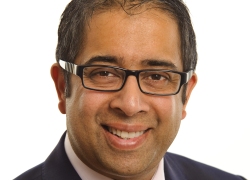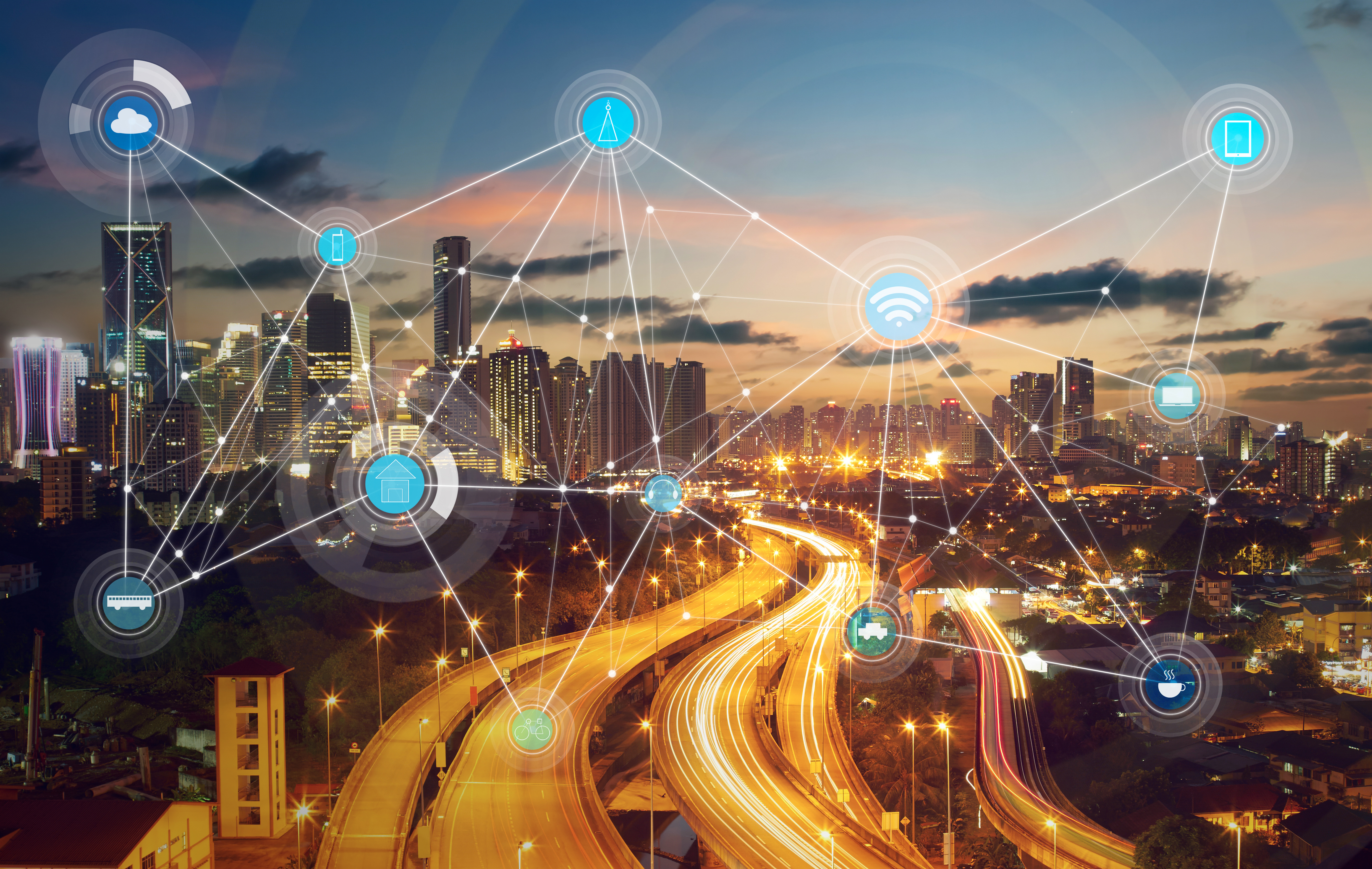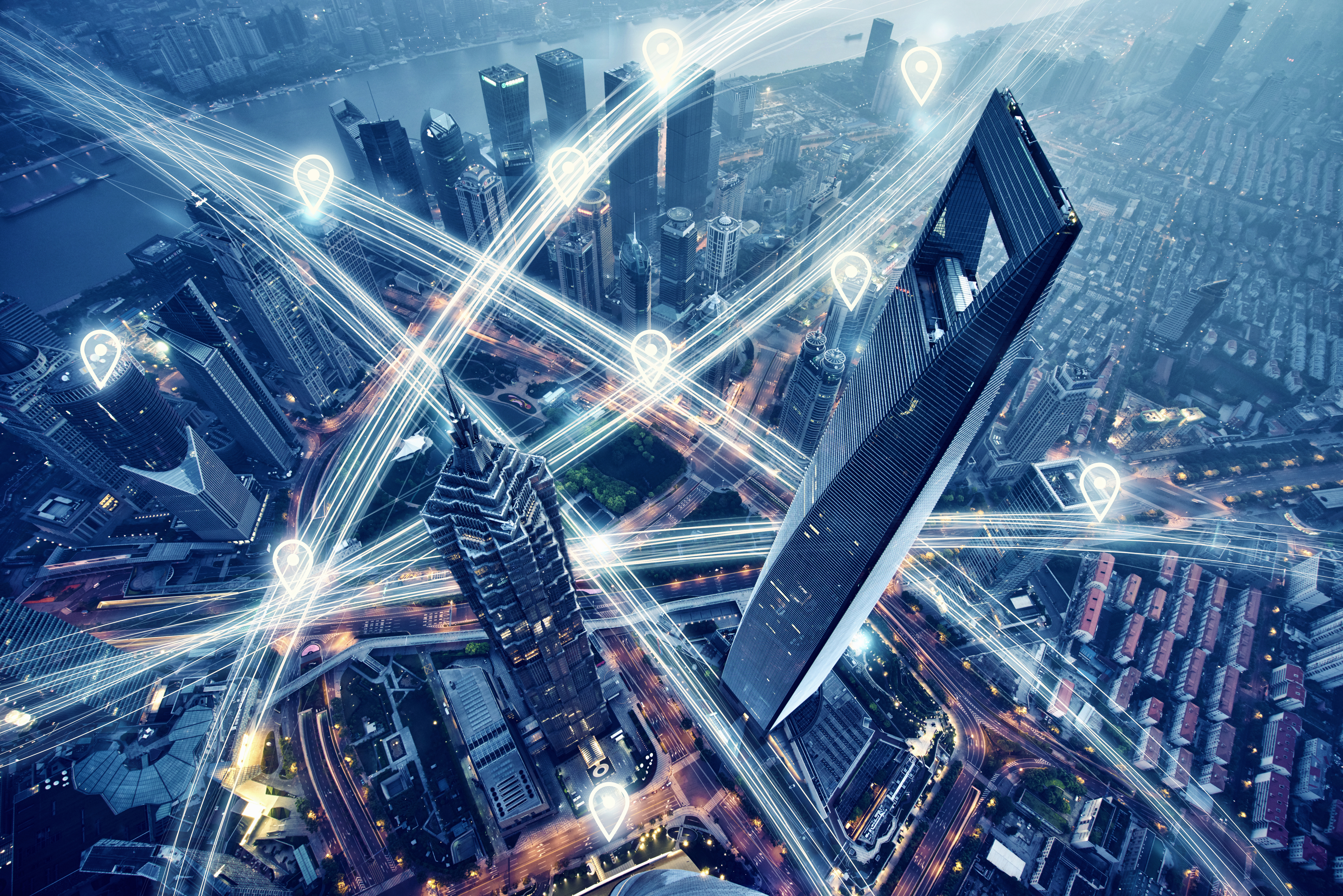Smart technology : Building a more affordable home

Hubert Da Costa of Cradlepoint
The UK government has unveiled a new strategy to build 250,000 more affordable homes, following an admission in February 2017 that England’s housing market is “broken.”
With the continued growth of connected technology, the new households will likely be ‘smart homes’. Residents will be able to remotely control connected ‘things’ around their homes to make mundane tasks easier, and perhaps less mundane.
People, places and things are becoming more connected all around us with IoT, says Hubert Da Costa, vice president of EMEA Operations at Cradlepoint. Public authorities are realising that this technology can be used as an asset to achieve affordability and efficiency targets. With so many ways to connect the home, affordable housing is being transformed in several areas:
Security and locking systems
Vandalism and break-in is a concern for both tenants and landlords. Smart devices that capture CCTV footage and communicate directly with law-enforcement are particularly useful when a property is unoccupied, and are becoming smaller, less intrusive and more efficient.
Smart locks can also resolve the issue of lost keys; only requiring a smart phone with the matching signals to unlock them. Access controls can also be managed in a centralised online system.
Lighting and heating
Smart lighting can reduce household energy consumption by up to 90% according to leading analyst firm Gartner. Remotely managing communal area lighting can also improve living conditions and security.
Smart thermostats continually monitor energy usage and cut down power consumption, saving between £70(US$ 85.08) and £150(US$ 182.31) per household per year, according to the Energy Saving Trust.
Connected thermostats also support more effective maintenance. British Gas’ smart boiler, ‘BoilerIQ’, continuously monitors itself for faults and sends data directly to British Gas. When a potential problem is identified, British Gas can either intervene remotely or send an engineer to solve the issue on-site.
Water leakage and damp protection
Damp and water leakage issues are often an unexpected cost. Even minor leaks can quickly escalate into damaging floods. With smart sensors, the problem can be identified and addressed before it is too late.
Smart sensors monitor and send real-time data about the property’s humidity and moisture levels. Along with data from heat sensors, the property managers can see where an issue might occur before any major problems arise. This can also have a profound impact on reducing health risks among housing occupants.
Connected alarms
Smart technology has vastly improved the quality and reliability of household alarm systems. Connected alarms send real-time data to property managers and contact emergency services if required. Connected household alarms can also be remotely monitored and serviced, reducing the cost of unnecessary replacements and maintaining device effectiveness.
Internet-Connected appliances
Various smart appliances can transmit data to service centres where they can diagnose problems and order replacement parts if required. LG has developed connected appliances that can save energy and money by operating more efficiently. The ‘Smart Diagnosis’ feature quickly troubleshoots issues before they become bigger problems.
Garden irrigation systems
There are often outside communal green areas that need maintenance. Smart technology can help grounds managers remotely manage garden irrigation. Solar-powered sensors are also available to fully monitor the garden – this removes the need for onsite maintenance and reduces cost.
Healthcare
 The UK’s National Health Service (NHS) treats more than one million patients every thirty-six hours. Smart technology in homes could benefit vulnerable occupants through remote monitoring and communication. This could in turn ease the high volume of people attending medical clinics for check-ups.
The UK’s National Health Service (NHS) treats more than one million patients every thirty-six hours. Smart technology in homes could benefit vulnerable occupants through remote monitoring and communication. This could in turn ease the high volume of people attending medical clinics for check-ups.
Smart meters
There are now 4.2 million smart utility meters in homes and businesses across the UK. By monitoring heating, electricity and water usage in real time, tenants and property managers no longer need to rely on estimated bills or regular meter checks.
Like any connected environment, ‘smart housing’ will make managing property easier, cheaper and more efficient, while improving the lives of the occupants.
The author of this blog is Hubert Da Costa, vice president of EMEA Operations at Cradlepoint
Comment on this article below or via Twitter @IoTGN
